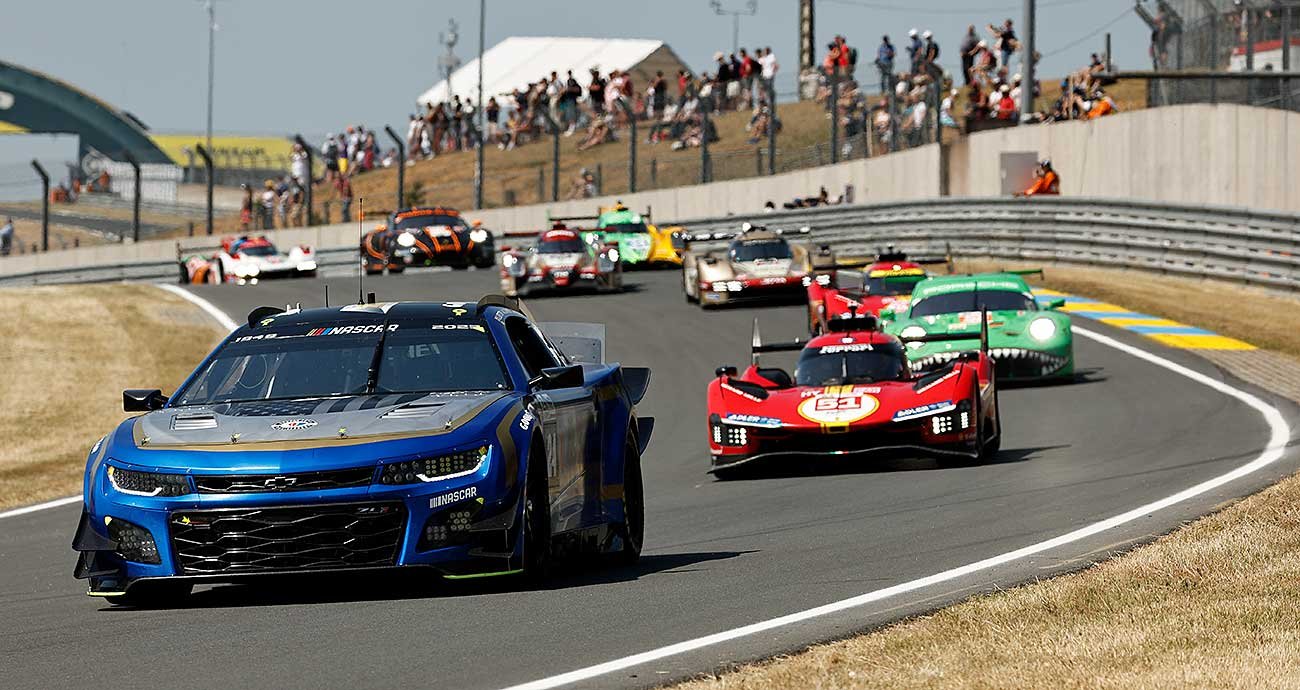In the 100 years since the first race was held in 1923, the 24 Hours of Le Mans have experienced more than their fair share of thrills, drama, and tragedies. Although the race hasn’t been held for 100 straight years, its centennial celebration in 2023 promises to be one of the most exciting and competitive occasions in recent memory.
Because both LMH and LMDh vehicles will be competing in the Hypercar class for the first time this year, we’ve broken them all down in our helpful 2023 Le Mans preview guide.
Toyota Gazoo Racing GR010 Hybrid Hypercar
Toyota returns with the GR010, the winning car from last year, to defend its Le Mans championship. The 3.5-liter twin-turbo V6 in the victorious GR101 produces 671 horsepower at the back wheels while a 268-horsepower e-motor drives the front wheels.
Porsche 963 LMDh
Porsche’s return to the premier class of Le Mans since 2017 has a lot of large shoes to fill because it was built to LMDh requirements. Every Porsche prototype has won the Le Mans 24 Hours, so racing against stiff opposition from Ferrari and Toyota in 2023 should be exciting.
Ferrari 499P Hypercar
Ferrari hasn’t competed in the top class of Le Mans in fifty years, so the 499P represents quite a comeback. The 499P employs a 671bhp V6 for the back wheels and a 268bhp e-motor for the front wheels, similar to the Toyota GR010.
Peugeot 9X8 Hypercar
With three victories in the endurance race at Le Mans—twice with the 905 and once more in 2009 with the 908—Peugeot has had an incredibly successful career there. According to LMH specifications, the wingless 9X8 is powered by a 2.6-liter twin-turbo V6 at the back and a 268-bhp e-motor up front.
Cadillac V-LMDh
For the first time in 20 years, Cadillac Racing, which has been producing competitive endurance racers domestically for many years, will compete at Le Mans. The V-LMDh employs a Dallara chassis and a naturally aspirated 5.5-litre V8 supported by a hybrid system. It was built to LMDh regulations.







